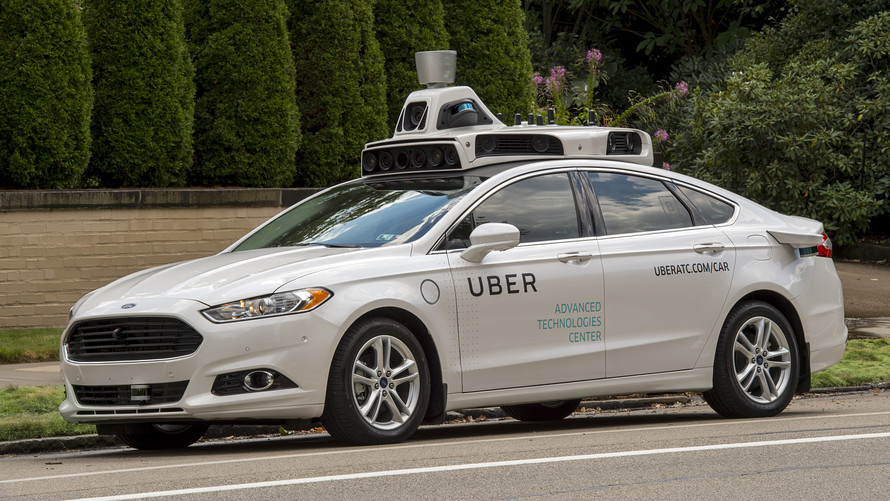Waymo, Uber, and the Ongoing Journey of Self-Driving Cars

Podcast: Play in new window | Download
As we advance further into the era of autonomous vehicles, the conversation around their safety, practicality, and overall user experience continues to evolve. In a recent interview on Double Tap, Gregg Hayes shared his firsthand account of using a driverless Uber in Phoenix, Arizona, as a blind passneger.
Gregg began by addressing the skepticism surrounding driverless cars, particularly in light of the setbacks experienced by Cruise in San Francisco. He pointed out that while Cruise may have rushed their development, leading to safety concerns and accidents, this is not indicative of the entire autonomous vehicle industry. In fact, in Phoenix, companies like Waymo and Uber are making significant strides, with Waymo boasting an impressive safety record.
During the interview, Gregg emphasised the importance of holding autonomous vehicles to high safety standards, but also noted that human drivers are responsible for far more accidents. He shared statistics from an independent insurance company that showed Waymo vehicles had 100% fewer personal injury claims and 73% less property damage than traditional cars.
Gregg’s personal experience with an Uber-operated driverless car in Phoenix was insightful. He described the process of getting into the car, which was slightly more challenging than with Waymo due to the limitations of the Uber app for visually impaired users. While the Uber app is accessible, it lacks certain features that the Waymo app offers, such as giving walking directions to the car and allowing the car to beep its horn for easier location.
Once inside the car, Gregg noticed differences in the level of communication compared to his previous Waymo rides. The Uber-operated vehicle was quieter, offering fewer updates about the car’s location and actions. Despite this, Gregg felt perfectly confident and secure during his ride, enjoying the independence and safety that the autonomous vehicle provided.
The Double Tap hosts discussed the broader implications of driverless cars, particularly for the visually impaired community. They considered the potential for these vehicles to offer newfound independence and safety, as well as the challenges that may arise in different weather conditions and urban environments.





